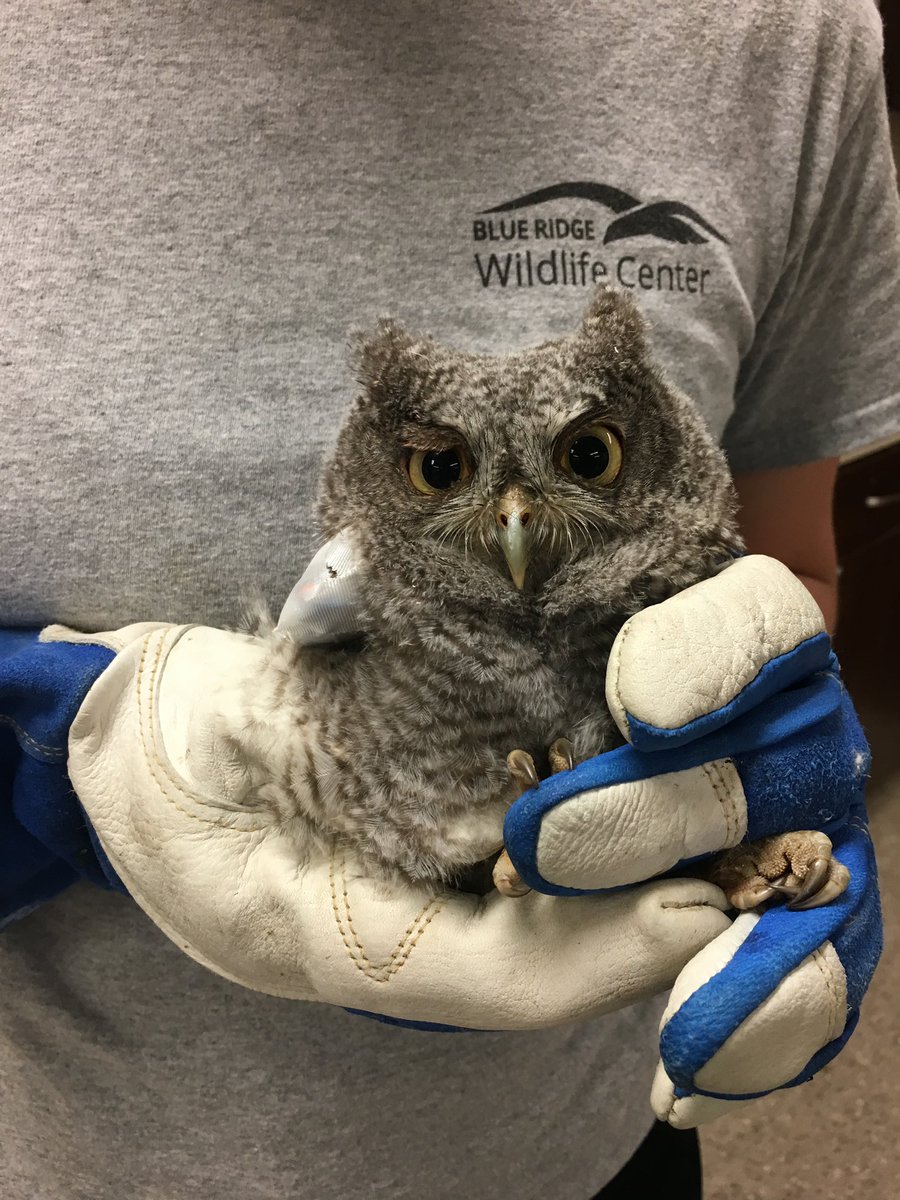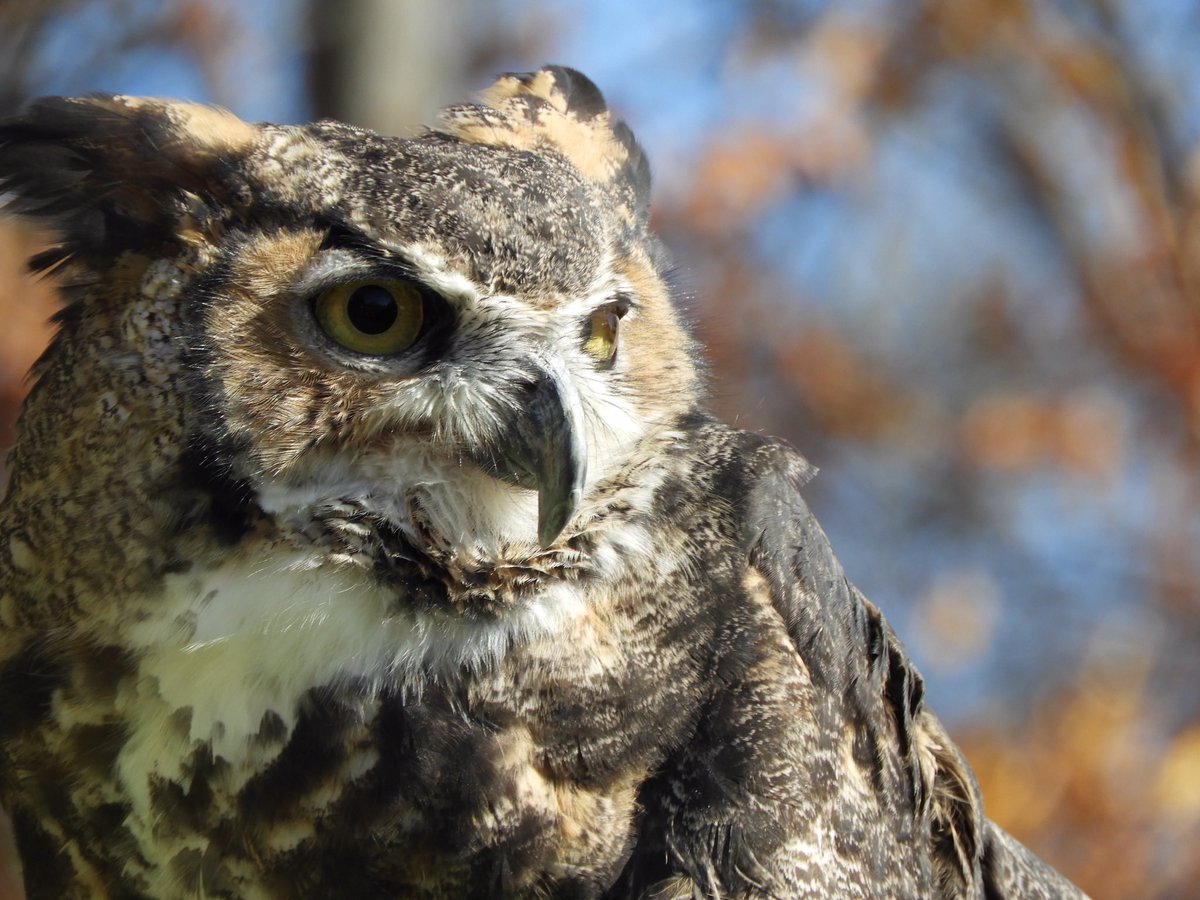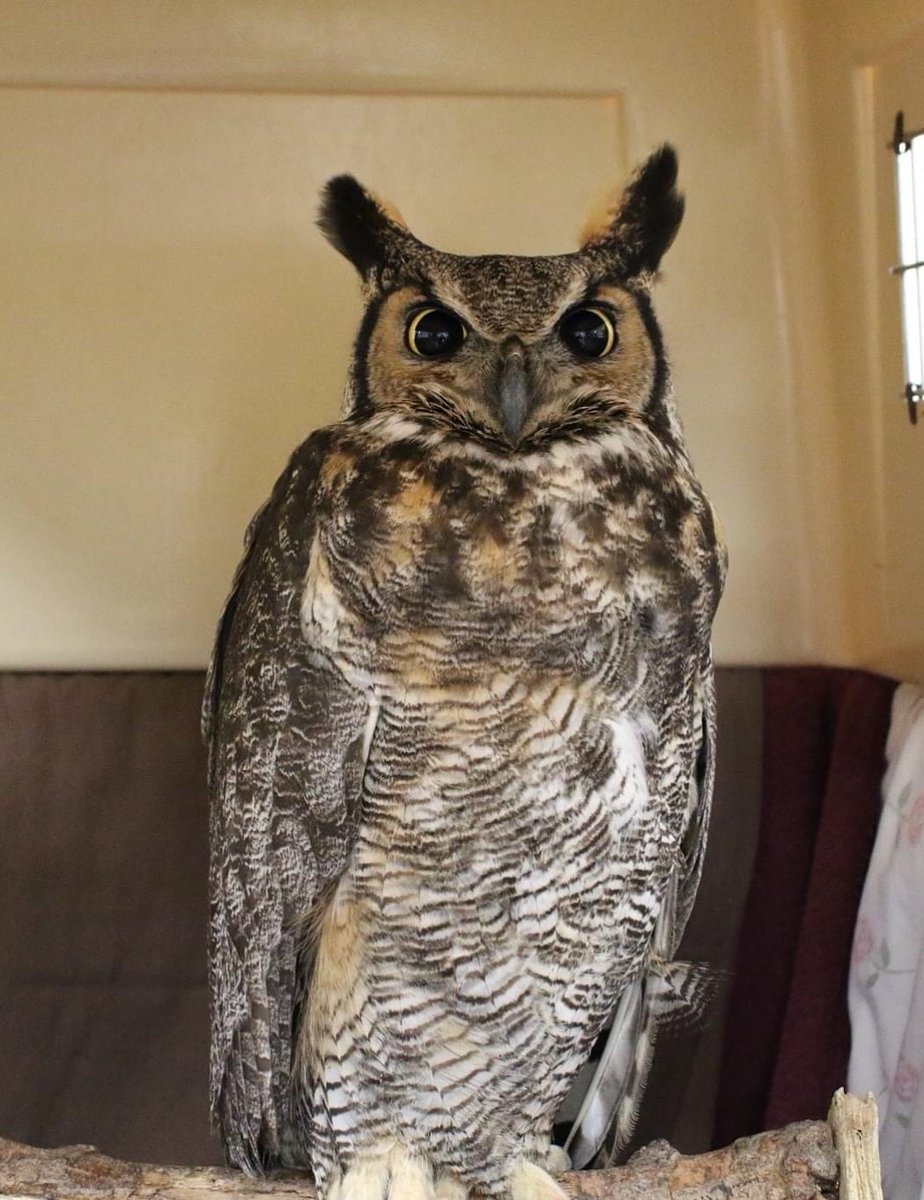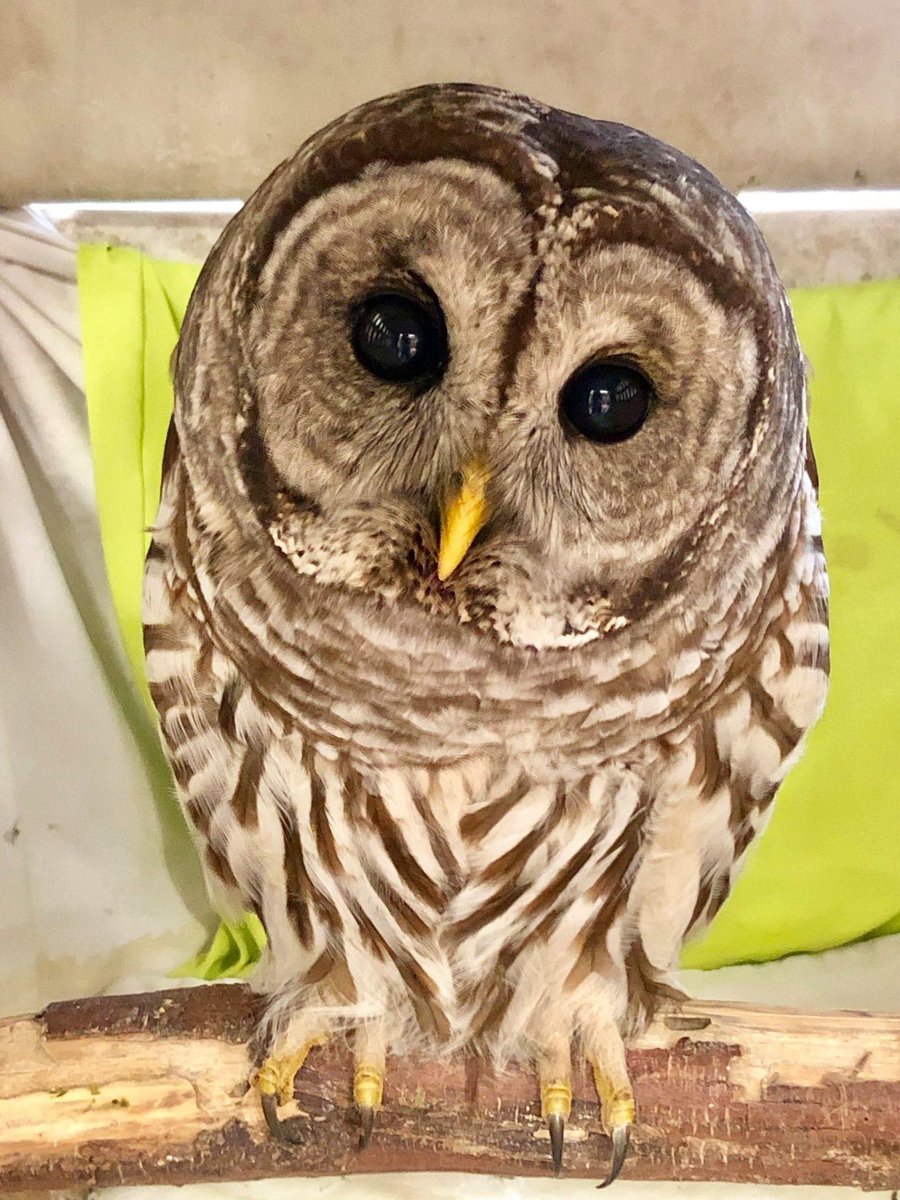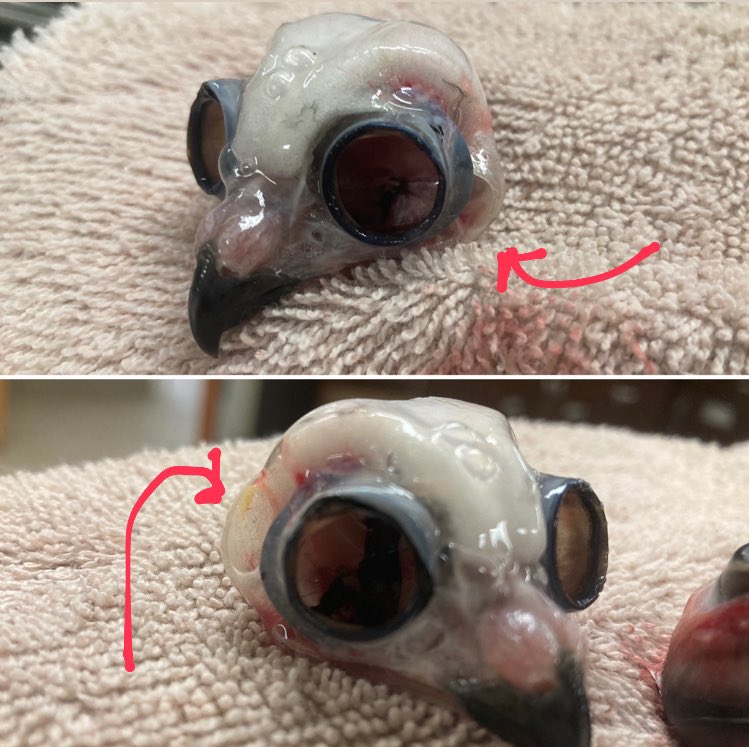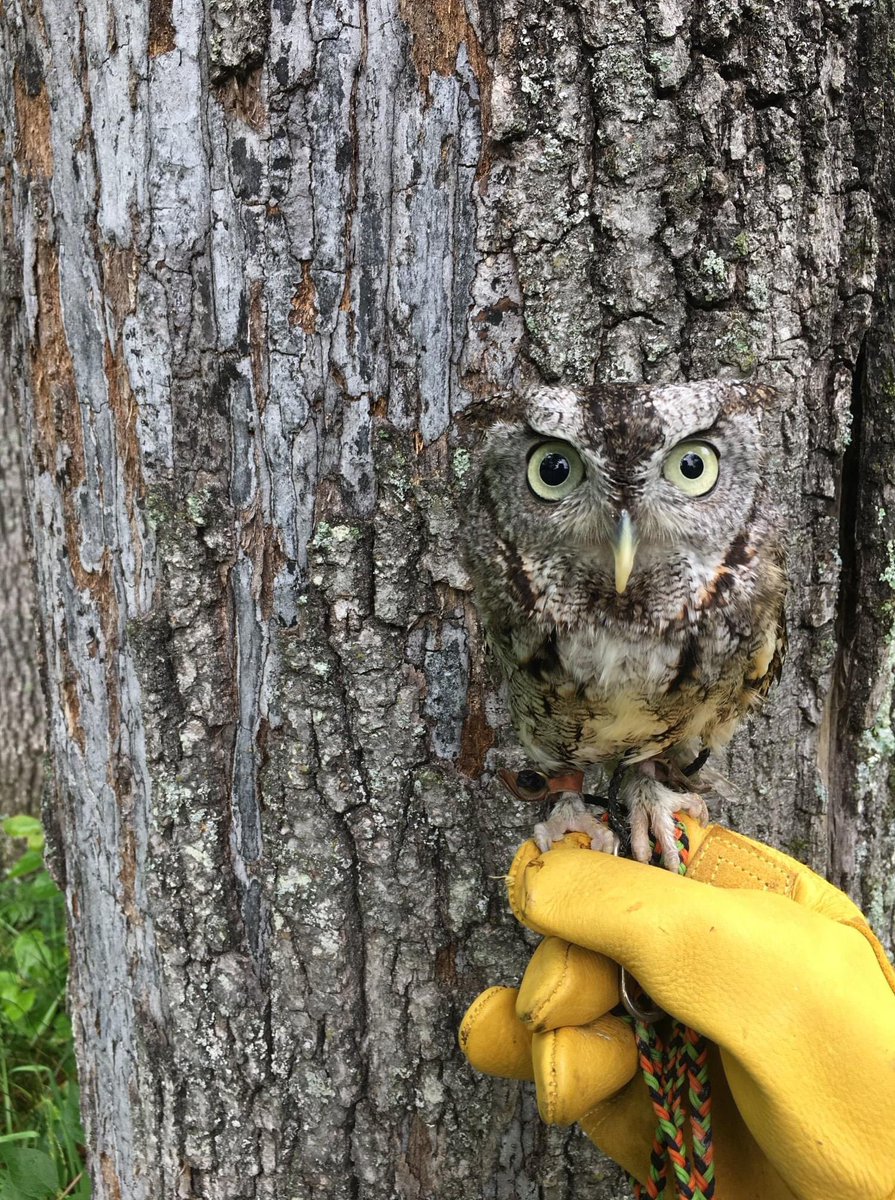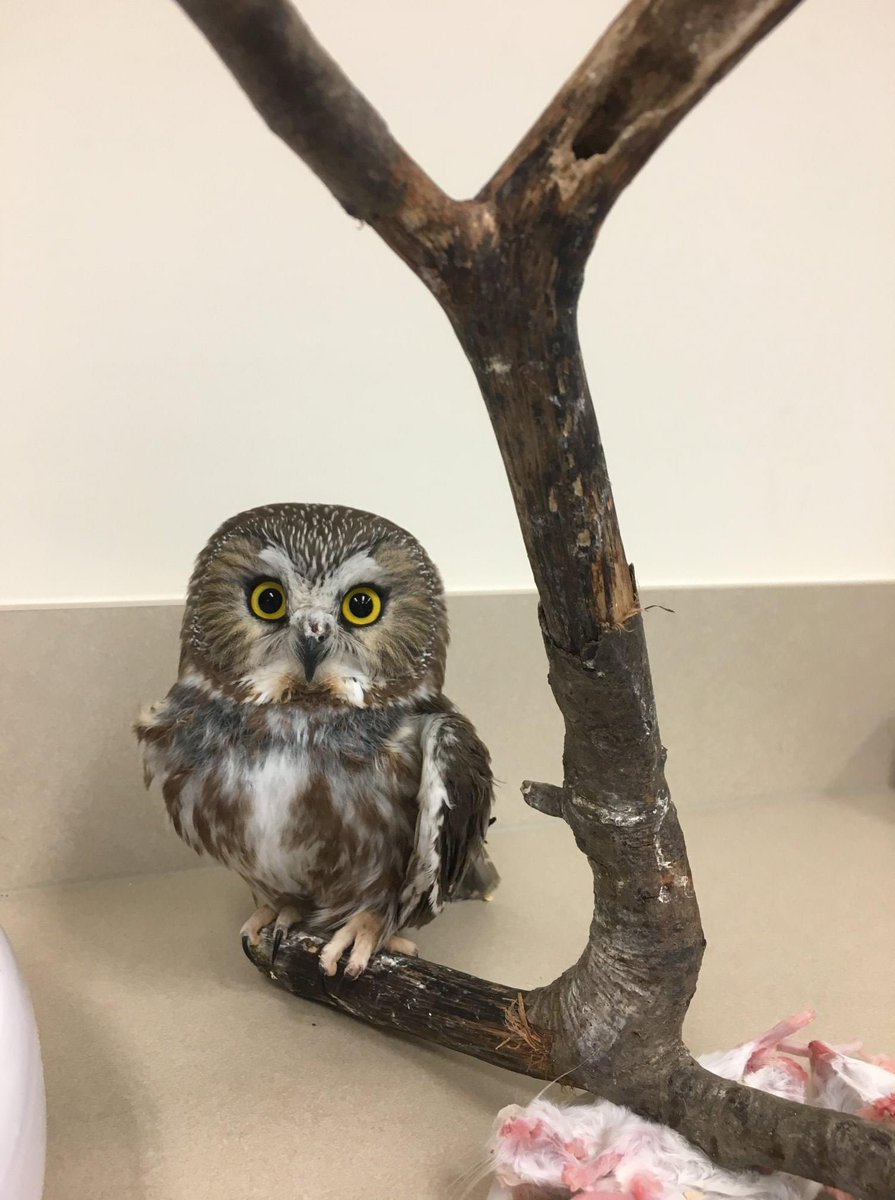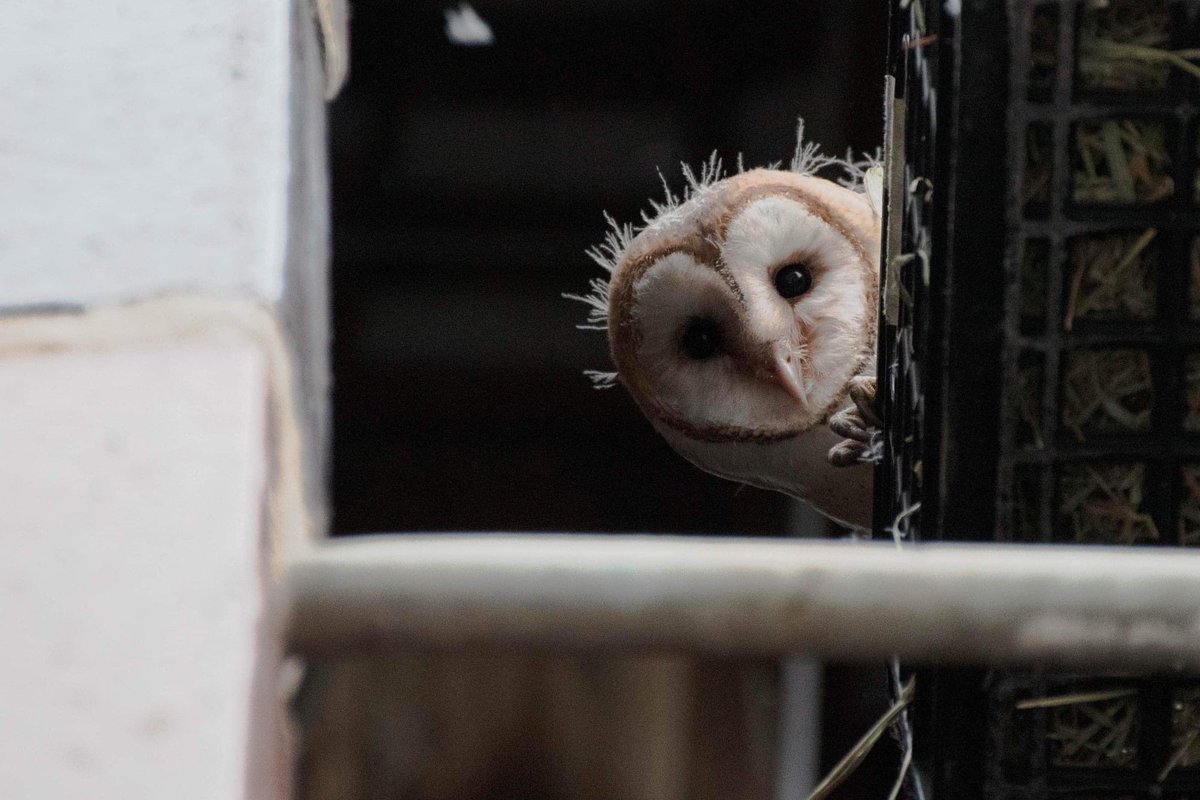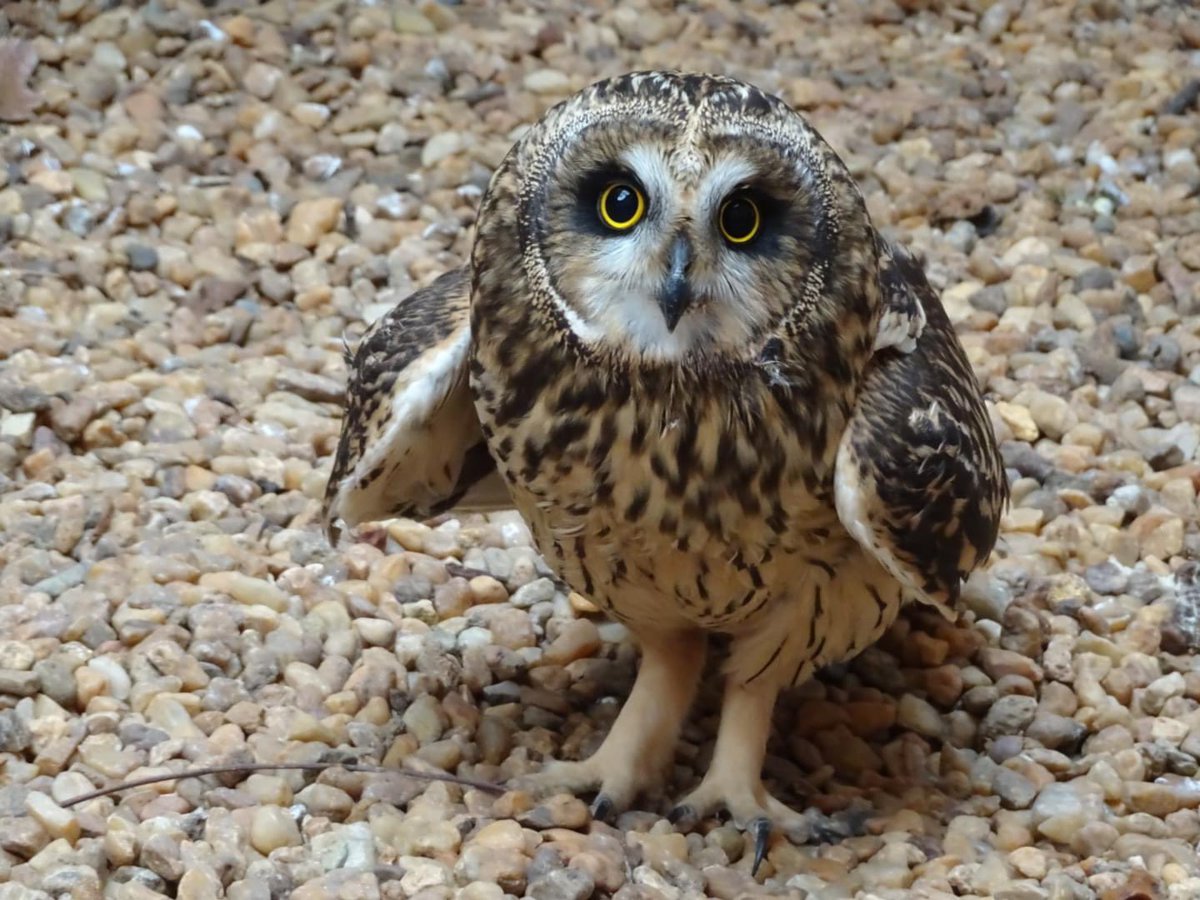It's #SuperbOwlSunday! You may be seeing this hashtag a lot today and be wondering: what makes owls so superb?
Owls are a group of birds of prey that are generally nocturnal, meaning they're active primarily at night. So, while they resemble hawks & falcons in that they hunt for their food & eat prey items, owls have a whole toolkit of amazing adaptations that truly make them "superb"!
Since most owls are nocturnal, they have to be able to thrive in dark & low-light conditions. They do this in a variety of ways, but their eyes are extremely specialized. And what great big eyes they have - well, the better to see you with!
Some owls' eyes are so large, they can account for 3% of their body weight (compared to people, would only be 0.0003%!) These big eyes mean greater ability to pick up even the smallest amounts of light on dark or cloudy evenings, which makes spotting prey in the dark a breeze!
Like other birds, owls don’t have the ability to move their eyes in their sockets. To counteract this, these birds are able to turn their heads up to 270° (not 360°, as many believe!) to keep an eye on their prey, predators, and their general surroundings.
However, sometimes having big eyes isn't enough. What if your prey is under a layer of snow, or a layer of leaves? What if it's a new moon, and you're hunting beneath a thick, dark canopy of leaves?
Well, owls have all their bases covered - if you can't see your prey, then make sure you can HEAR them! Most owls have flattened faces and feathers that point outward, creating a “facial disk”. These feathers help channel sound, like a satellite dish, to their asymmetrical ears.
CW: skull, deceased animal
Having one ear higher than the other makes it easy to triangulate exactly where the sound of a mouse scurrying beneath the snow is coming from, and if you can hear it - you can catch it. You can see the ear openings here on this saw-whet owl skull.
Having one ear higher than the other makes it easy to triangulate exactly where the sound of a mouse scurrying beneath the snow is coming from, and if you can hear it - you can catch it. You can see the ear openings here on this saw-whet owl skull.
Lastly, having all of these "superb" adaptations makes finding prey easy, but the prey have ears too, and if you've ever tried sneaking up on a mouse or other prey animal, you'll find even the slightest noise sends them scurrying.
So owls adapted "soundproof" feathers - the leading edge of their primary feathers on their wings looks like a comb, meaning that when they flap their wings, the air is broken up to prevent creating sound! See examples here ( https://www.owlpages.com/owls/articles.php?a=7)
This allows owls, once they've either seen or pinpointed the location of their dinner by sound, to quietly swoop down, without a sound, to snatch their unsuspecting prey.

 Read on Twitter
Read on Twitter